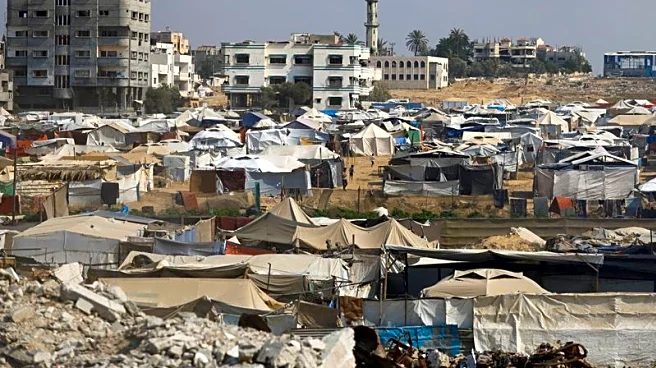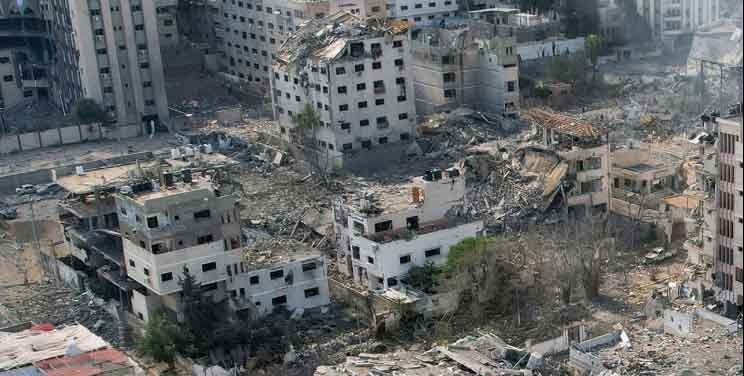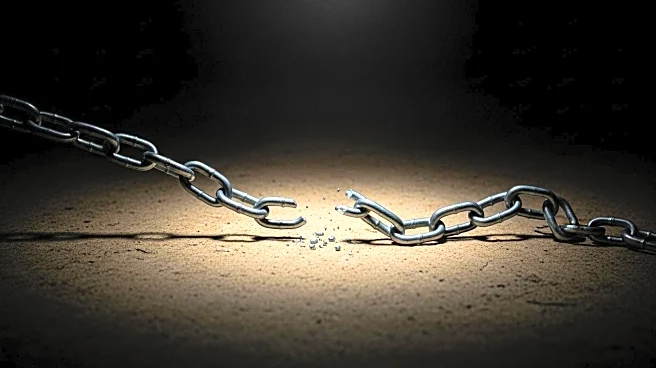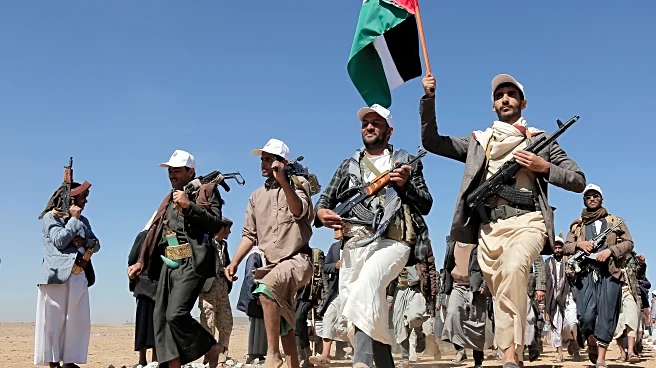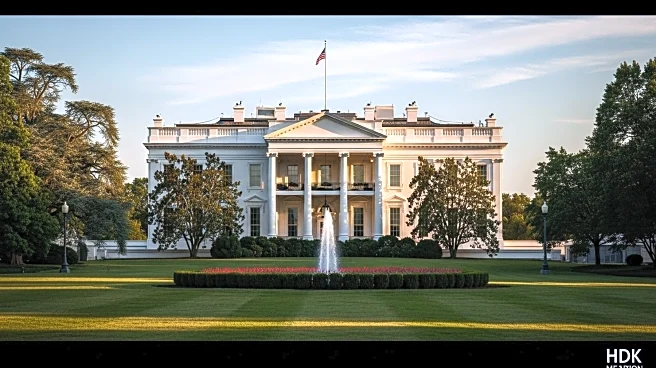What is the story about?
What's Happening?
In the lead-up to Yom Kippur, Rachel's Tomb in Beit Lehem becomes a focal point for Jewish pilgrims seeking blessings. The site is surrounded by a concrete barrier, part of Israel's security measures. Architect Dan Tirtza designed the wall with 'holes of hope,' envisioning a future where peace allows for the wall's removal. This concept serves as a metaphor for spiritual growth and repentance during Yom Kippur, emphasizing the temporary nature of barriers and the potential for transformation.
Why It's Important?
The 'holes of hope' at Rachel's Tomb symbolize the possibility of peace and reconciliation in a region marked by conflict. This metaphor extends to personal and communal spiritual practices, encouraging introspection and the dismantling of emotional barriers. The story highlights the broader theme of seeking peace and understanding, both in personal lives and in the geopolitical landscape. It serves as a reminder of the power of hope and the potential for change, resonating with those seeking spiritual renewal during Yom Kippur.
Beyond the Headlines
The concept of 'holes of hope' invites reflection on the role of physical and metaphorical barriers in society. It challenges individuals and communities to consider how they can create openings for dialogue and reconciliation. The story also touches on the cultural and religious significance of Rachel's Tomb, a site that embodies both historical and contemporary narratives of faith and resilience. This perspective encourages a deeper understanding of the complexities of identity and belonging in a divided world.
AI Generated Content
Do you find this article useful?



